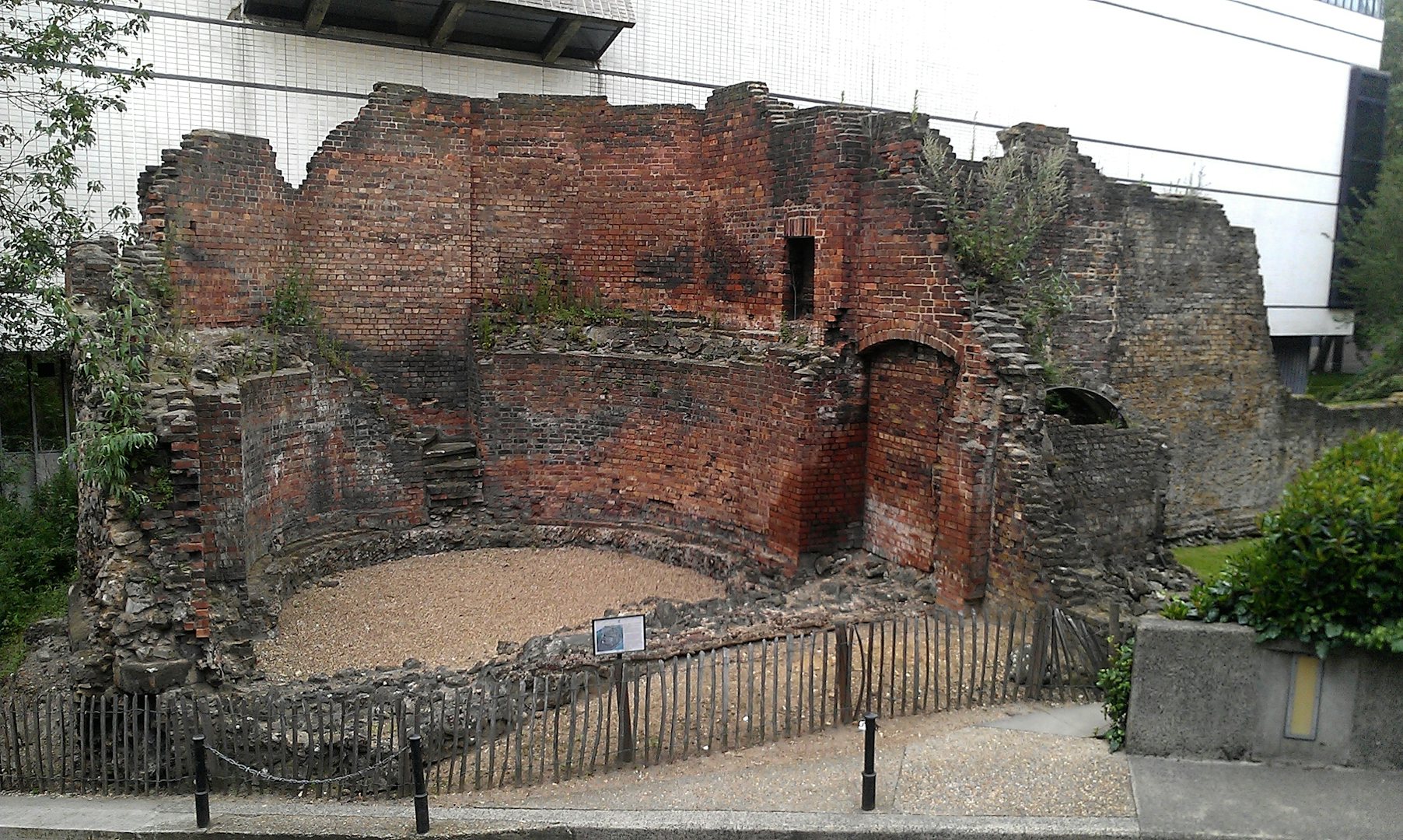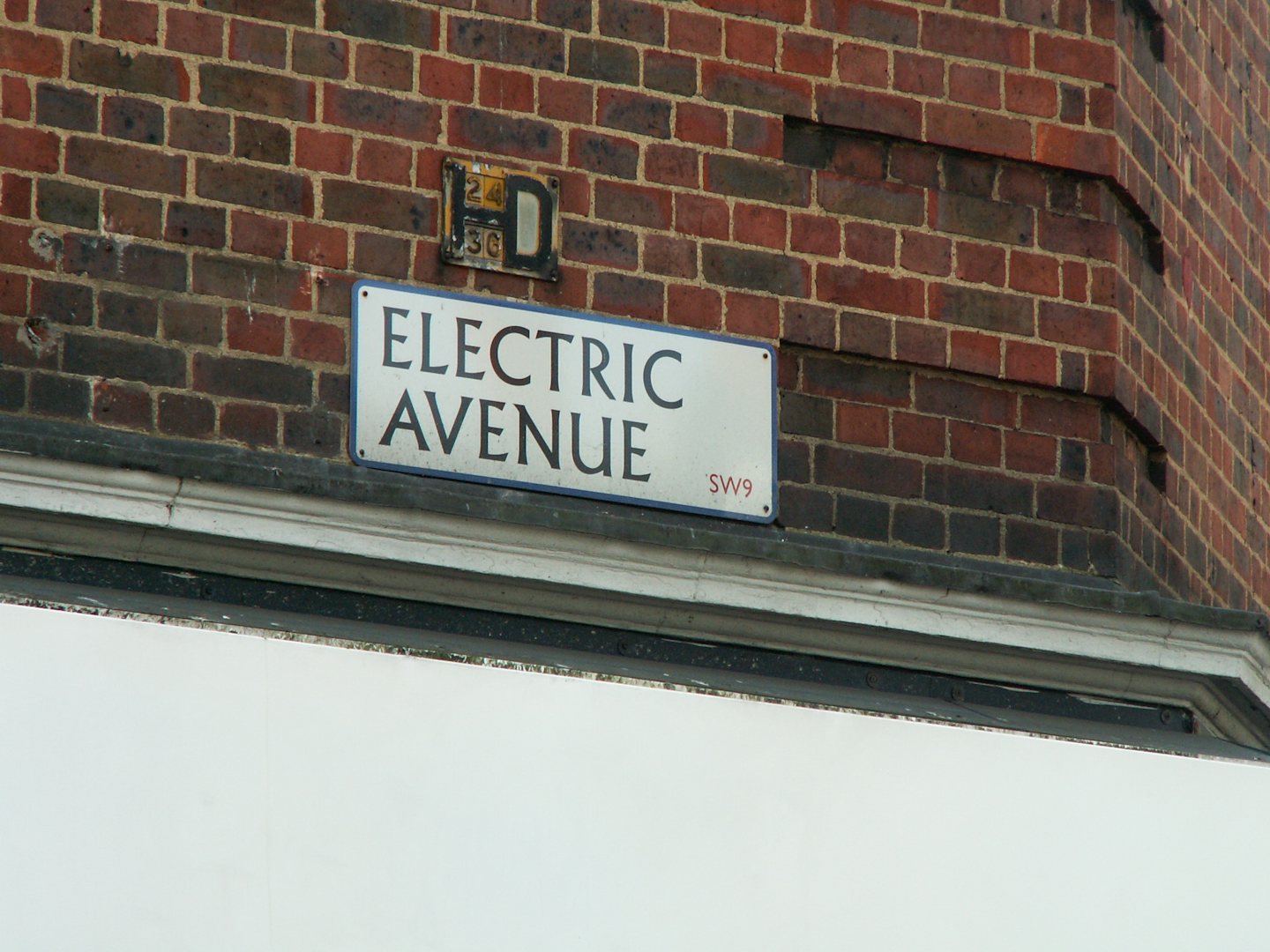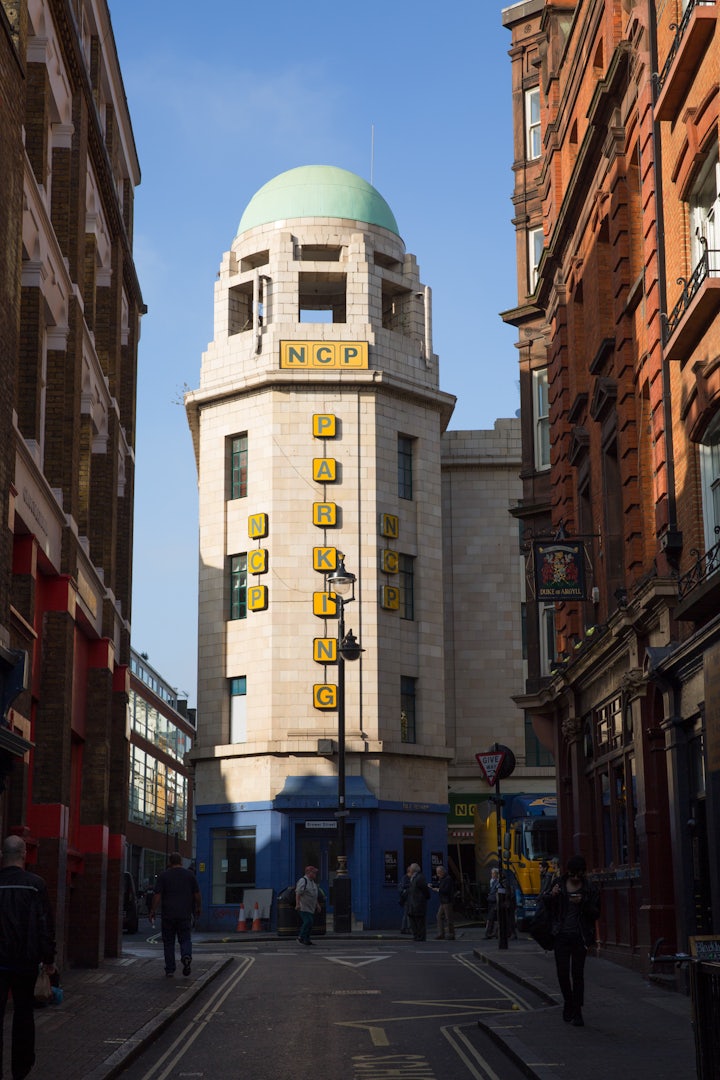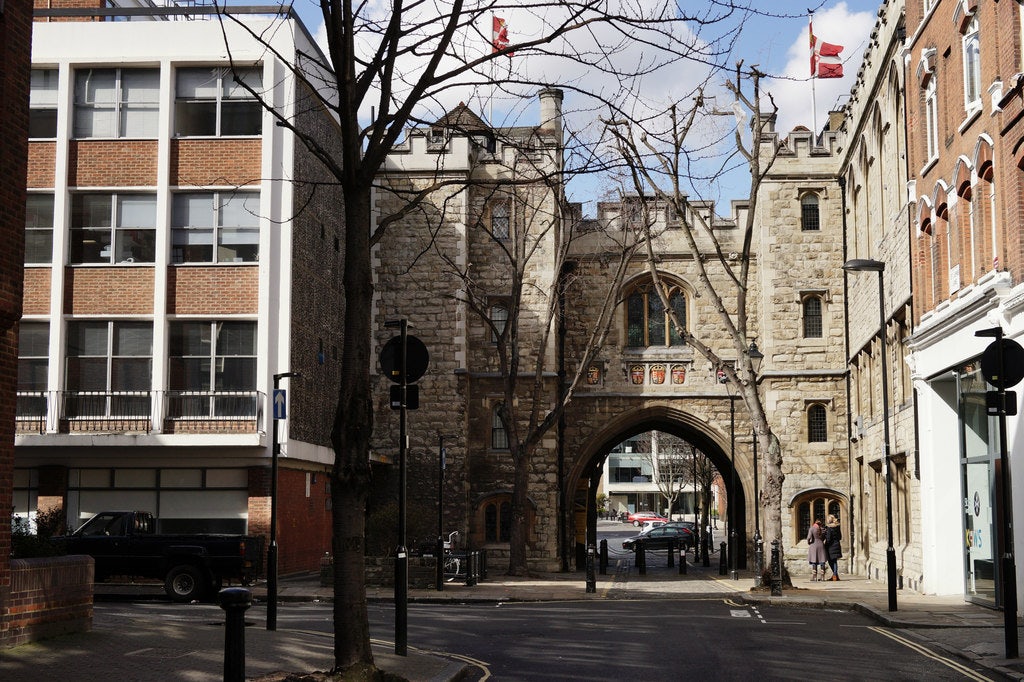5 places to understand London's history in London
1) London Wall
The London Wall was built by the Romans between AD 190 and 225. Evocative remains of the wall that once encircled the old City can be seen near the road that was later named after them.

Ethan Doyle White
2) Electric Avenue
This street in Brixton was built in the 1880s and was among the first in Britain to be lit by electricity. Today it’s partly the location of the Brixton food market. In 1983 it was the subject for an electro-reggae hit by Eddy Grant.

Matus Benza
More hidden secrets of London?
Written by a true local, this guide takes you to hundreds of hidden gems and places worth visiting. Explore the different sides of London, off the beaten track.
3) Brewer Street Car Park
This wonderful art-deco car park, built in 1929 and still in use today, is one of the earliest examples of a ramped multi-storey car park. During the 1950s and 60s it was apparently a location for shady payoffs to the police from the local red-light industry. More recently the car park has hosted the London Fashion Week, and has been used for art installations.

4) Pudding Lane
This small and unremarkable-looking street was where the devastating Great Fire of London of 1666 started inside Thomas Farriner’s bakery. It quickly spread, raging for two days and gutting most of medieval London including St Paul’s Cathedral. Today a plaque marks the spot where the bakery stood. The street is said to be named after the offal (pudding) that fell off butcher’s carts into the lane.

Cory Doctorow
5) St John's Gate
This impressive brick and stone gate was built in 1504 as the entrance to the Priory of the Knights of St John, one of few remnants of London’s monastic past. In the early 18th century painter William Hogarth lived here. Today it houses the Museum of the Order of St John.

Peter Trimming
More hidden secrets of London?
Written by a true local, this guide takes you to hundreds of hidden gems and places worth visiting. Explore the different sides of London, off the beaten track.
Join the community
Sign up for free to gain unlimited access to the website. Plus, you'll receive a 10% discount in our online bookshop.
Already a member? Log in. |
New here? Sign up. |